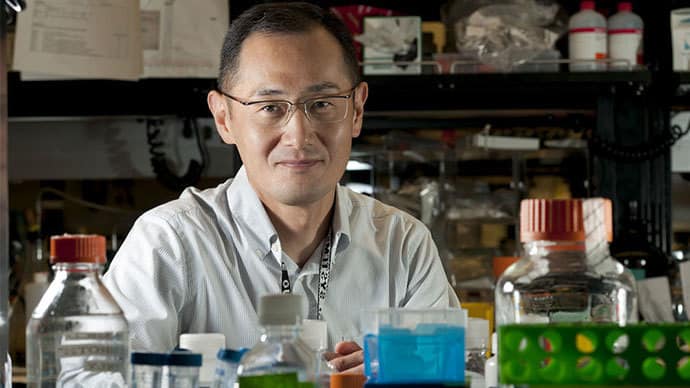Stem cell research dates back to the early eighties. Two decades in (in 2001) a White House executive order halted the important gains made by researchers when it banned federal funding for stem cells derived from pre-implantation human embryos.
This was hardly the news to jumpstart a nascent branch of science that is now at the cutting edge of Medicine in treating injuries and certain hitherto untreatable diseases. Against all odds, The Stem Cell Revolution is Now.
Stem Cell Research Progress
The reverberations of this presidential decree affected not only the medical community but its ambiguous message percolated down to the general public. The result was that stem cell research, to the uninformed, came to be clouded in mystery and sometimes outright falsehoods. The research continued, however, in various corners of the globe. Contrary to public perception the gains made are significant enough to be life-transforming for the people who need it most. From straightforward outpatient procedures to treat injuries to groundbreaking, transformative treatments in the field of quadriplegia the Stem Cell Revolution is Now and has ceased to be some vague distant concept. The future has already happened.
The controversy surrounding stem cell research, and the ethical scruples that swirl around it, centres on the use of embryonic stem cells. This is what prompted President George W. Bush’s edict 16 years ago. The scientific world is nothing if not tenacious. A development that might have spelled doom in other human endeavours merely served as a goad to Science.
Shinya Yamanaka’s Stem Cell Research
It took five years to overcome this obstacle. In 2006 Shinya Yamanaka, a Kyoto University scientist, working with his graduate student Kazutoshi Takahashi effectively laid the controversy to rest when they discovered a way to ‘return’ an adult cell to its embryonic state, or more accurately to a state where it displays all the characteristics of an embryonic cell. This stage of the cell (known as pluripotent) means the cell can then differentiate into any kind of cell.
Dr Yamanaka’s technique of reprogramming adult cells into what have become known as induced pluripotent stem cells (or iPS cells) meant that researchers suddenly had at their disposal an unlimited supply of stem cells. This notwithstanding, concerns still linger that stem cell therapy has somehow failed to deliver; that the huge potential has somehow fizzled out. This again circles back to the misconceptions surrounding stem cell research and therapy. Stem cell therapy was never meant as a panacea for all diseases. Indeed there is no way that it can be. Its application is, by its very nature, confined to very specific areas. To somehow label these areas insignificant is missing the point entirely.
Stem Cell Therapy has made inroads into the treatment of ocular conditions (both retinal and corneal), Parkinson’s disease, Diabetes, repairing of the heart’s layers following a heart attack, and Liver Failure. Stem Cell Therapy has also found application in the treatment of spinal cord injuries, joint disorders and some blood disorders. The diseases may be few in number but they affect millions worldwide. Certainly the alleviation of the pain these people undergo and the improvement of the quality of life they subsequently experience is anything but trivial.
The Stem Cell Revolution is Now.
H/T: New York Times



 English
English